1. WEBINAR: DEMYSTIFYING iNATURALIST
Jerry Paul hosted a webinar last week on using iNaturalist, which you can view below.
Our next webinar is being hosted by Rich Hatfield from the Xerces Society, Wednesday (March 27) at 2:30pm, talking about how you can also contribute to the PNW Bumble Bee Atlas while working on the Oregon Bee Atlas. To join the webinar live on your computer, click here, or by phone by dialing (720) 707 2699 (meeting ID: 663 709 187 ).
All webinars are now being stored on the website.
2. WILLOW SAMPLING ACTIVITY
Teams in Western Oregon got started with their willow sampling this week. All groups West of the Cascades (apart from the new Medford team) should have been contacted by their team leaders by now and given instructions on where the sampling will take place. Please contact Andony if this is not the case (Andony.Melathopoulos@oregonstate.edu).
The Myrtle Point team sampling willow this past Sunday (March 24).
3. UPCOMING VOLUNTEER OUTREACH EVENTS
We now have really cool magnetic badges. Want one? There are two ways to get a badge: 1) collect and pin up 100 bees and 2) do one volunteer outreach event per year. Below are some volunteer opportunities to talk to the public about bees. If you are able to help with any of these, contact Jen Holt and she will sign you up. Its a great opportunity to share your growing knowledge about native bees with the public.
April 20 - Science Geek Out Fest (Beaverton City Library Main)
June 22 - National Pollinator Week (High Desert Museum, Bend)
June 22 - Pollinator Festival (Dancing Oaks Nursery, Monmouth)
July 28 - Beeverton Bee Festival - 1-3pm (Beaverton City Library Main)
4. YOUR QUESTIONS
Q: For the willow collecting events should we collect bumble bee queens?
A: This is a tricky question. It has been a slow spring and so you may not see many other bees during your willow survey apart from bumble bee queens. It is important for this activity, particularly for new participants, to catch around 10 bees so you can get a sense of: 1) how to get a bee in your net, 2) how to get the bee into a killing jar from the net and 3) how pin properly. So, yes, you will be forced to catch a few queens. If possible, try to not over collect queens; ideally the group would have a queen from each species on a given collection date (although in many cases you might not be able to tell if you have different species). Later in the season when colonies produce workers and males, you can collect more.
Q: I was collecting in willows and I caught lots and lots of the same solitary bee. Should I collect them all?
A: In a perfect world you would end up with about 25-50 bees on your willow outing. Sometimes, if the timing is right, you can encounter high densities of patrolling Andrena males and you can 25 bees in one net! Obviously, for a beginner, pinning all these bees is a bit daunting. I would suggest, if you find yourself in such a nice situation of abundance, put only a few bees from your netting in your willing jar and release the rest. Now move along and catch a few more bees. If you are brand new and you hit 50 bees and you are feeling freaked out about pinning all the bees, just stop there. No need to be overwhelmed.
Q: Is there going to be a May field course at Siskyou Field Institute? Why can’t I register? When is Bee School?
A: The SFI course is on Advanced Field Collection Methods for Native Bees and is being taught by Lincoln Best at the Siskiyou Field Institute in Selma, OR on May 7-10 (9am-4pm each day). We will open up registration next week (check next week’s Round Up). We will charge $150 for Atlas members and $400 for people not in the Atlas, which does not include food and accommodation, but SFI has a kitchen and relatively cheap accommodation. Bee School will be run again this year in Corvallis and we will run it twice again: July 8-12 and 15-19.
Q: I still don’t get this new system for entering data. Either iNaturalist or sending photos of our notebooks? What about the Google Spreadsheets we used last year? I am so confused :(
A: You have it right (and apologies for the changes - we know how disruptive changes are and we try and do them sparingly). Now, you send us a picture of your notebook (emailed to Cody: oregonbeeatlas@gmail.com) or upload records through iNaturalist.
Why not spreadsheets? There were a few problems with the spreadsheets, namely: 1) we never would be notified whether a spreadsheet was updated or not, so people had made updates and we didn’t know about it, 2) people had inconsistent entries - so we had to go back and forth with them (which takes up time) and 3) people had trouble accessing the google doc website, so we went through iterations of emails to get them set up.
The work flow now is: 1) records get sent to us via the two routes, 2) any records submitted by Friday each week will be transcribed by Cody and put on an accessible Google Doc by the following Thursday - you have a week to check these entries out and make sure they are correct (we will send this link around each week in the Roundup, starting next week), 3) after that Cody will print the labels and send them out to you (i.e., 2 weeks after the label data is first submitted labels will be sent out).



